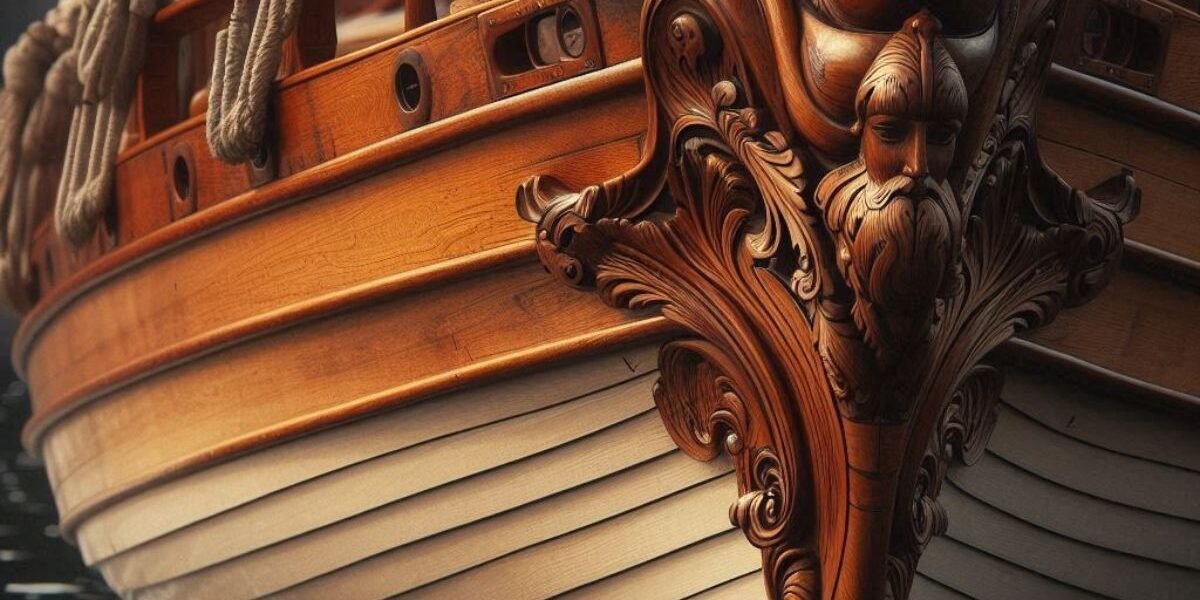Exploring the Intricacies of the Bow of a Boat
Exploring the intricacies of the bow of a boat is like delving into the heart of a ship.
The bow is the forward part of a boat where the hull meets the stern.
This plumb bow not only cuts through the waves as the boat moves, it also gives buoyancy that allows for smooth cruising of the ship’s.
The curve in bow can vary on either port or starboard side depending on nautical term or yacht design.
A prow or stem helps steer ships and powerboats easily through water.
Of all parts in a boat, it is most significant because apart from determining a boats waterline length; this is where passengers could be accommodated in cabins or sails kept.
When you look at different bows of boats/clippers/transoms you will realise that they have unique requirements each one .
Boat’s wave-piercing flare prevents freeboard loss without affecting its ability to manoeuvre freely among other waves .
From Old Norse plumb bow to old English prow , every boat need this part called a bow.
What is the significance of the bow in maritime vessels?
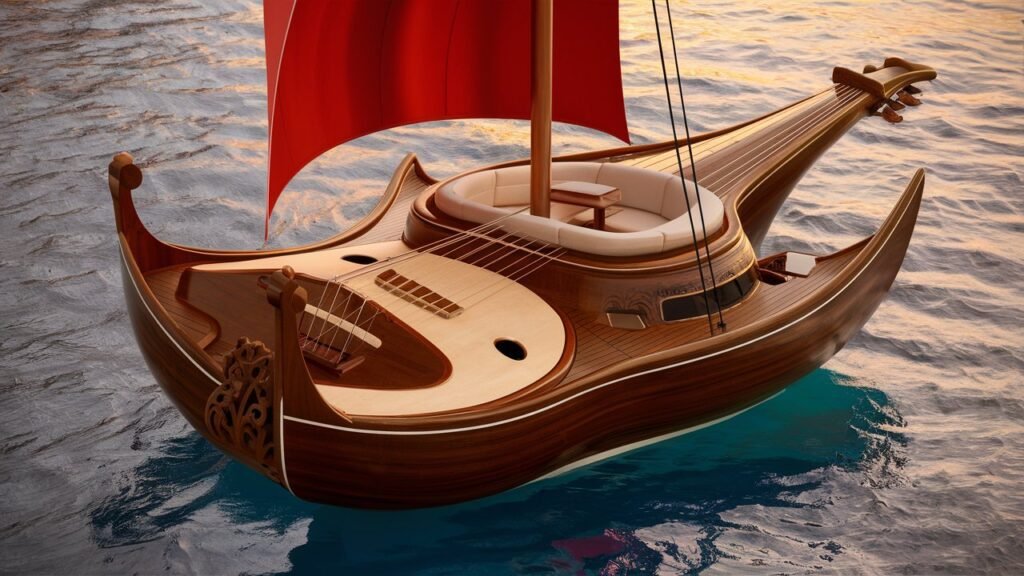
The importance of the bow on boats cannot be overstated when it comes to their efficiency and safety in the water.
Commonly referred to as the front of a boat, this section exists at its forward end and is usually tapered or curved so as to facilitate smooth movement through water.
One function that bows serve is provision of reserve buoyancy which enables vessels to stay above waves during storms thereby preventing them from sinking after being hit or filled with water.
Moreover, at high speeds or in offshore conditions such as big swells, a lot of manoeuvrability may be lost if wrong bow shapes are used since they can greatly affect how fast a boat goes and turns.
The word bow originates from an Old Norse term bógr which means shoulder – this reflects both form and function of this critical part of any vessel according to etymology.
In summary then, while designing bows for boats one should know that ultimately everything about a ship depends on its bow design as well as performance.
Understanding the role of the bow in boat design
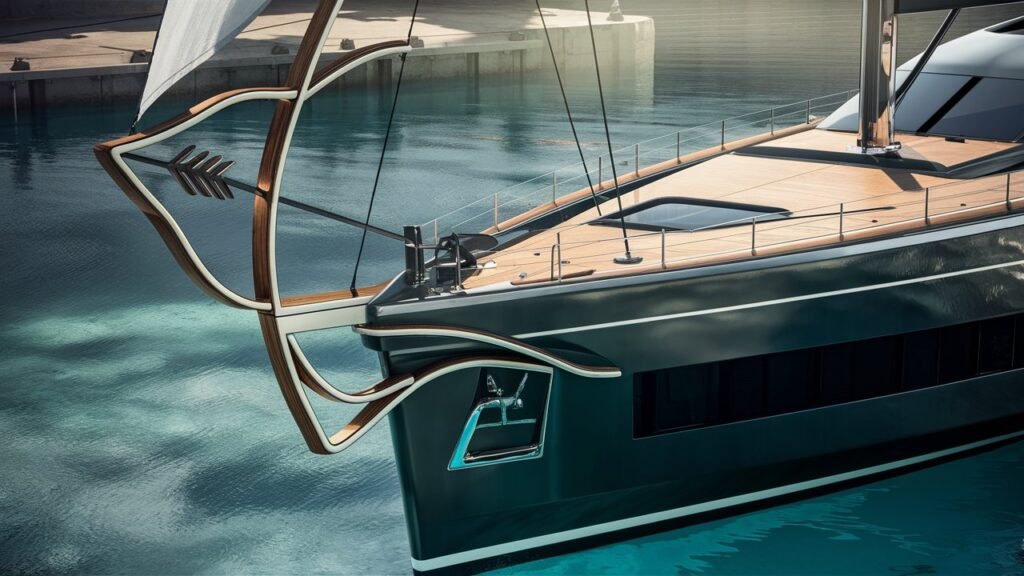
Understanding the role of the bow in boat design
When it comes to boat design, the bow plays a crucial role in determining how the boat performs on the water.
The bow is the pointy front end of the boat, opposite to the aft or back of the boat.
It’s time to consider the slope or pitch of the bow, as it directly impacts the boat’s ability to cut through oncoming waves and reduce wave making resistance.
When the bow is designed with a steeper slope, the boat can glide more smoothly through the water, making for a more efficient and comfortable ride.
One important element to consider is the deck of the boat, specifically the area near the bow.
Some boats feature a bimini or canvas cover that can be backward or forward facing, providing protection from the elements.
This not only adds to the aesthetic appeal of the boat but also serves a functional purpose, keeping passengers dry and shaded while out on the water.
Examining the impact of the bow on watercraft speed
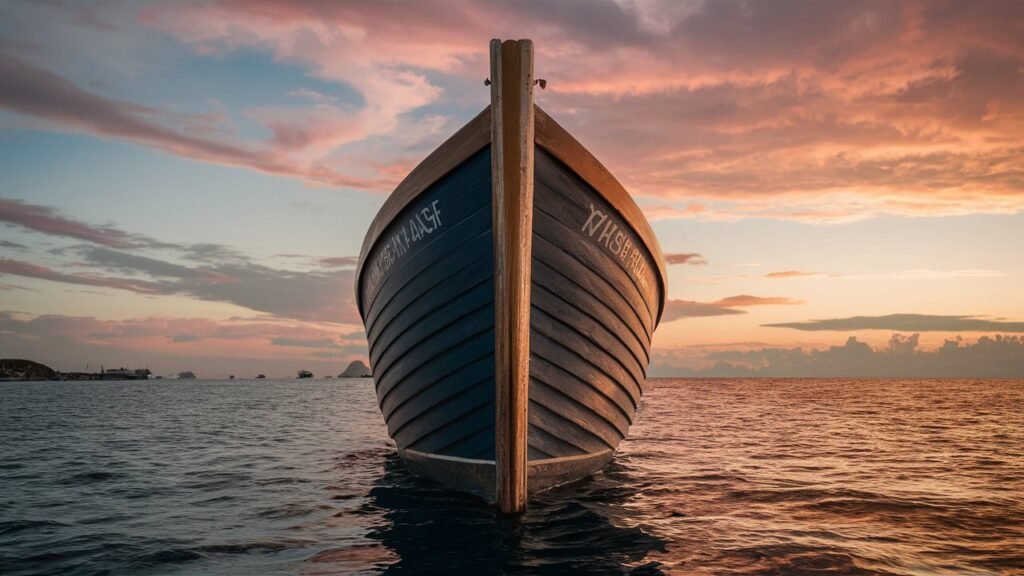
Examining the impact of the bow on watercraft speed
When it comes to maximizing the speed of a watercraft, the design of the bow plays a crucial role.
The front part of the boat is called the bow, and its shape and structure can significantly affect how smoothly the boat moves through the water.
A pointed bow, for example, can help reduce drag and increase speed by allowing the water to flow more easily around the hull.
On the other hand, a flatter bow may create more resistance and slow the boat down.
This concept is similar to how a red light can slow down traffic flow on a busy street.
By analyzing the impact of different bow designs on watercraft speed, researchers can gain valuable insights into how to optimize the performance of vessels in various conditions.
Exploring the historical evolution of bow shapes
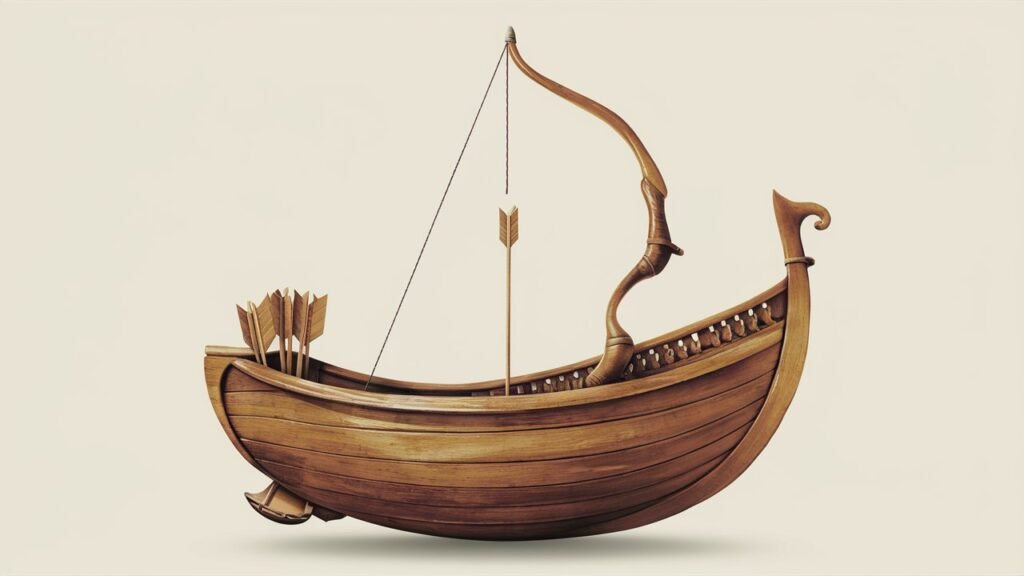
The journey of innovation and adjustment observed when studying the historical transformations of bow shapes is really intriguing.
This development reflects changes in technology, materials, and social needs from the simple curved figure up to these days’ more complicated designs.
Here is how we got from traditional longbows used in medieval Europe to modern recurve or compound bows that are more powerful and accurate.
New materials like fiberglass and carbon fiber made it possible to construct lighter weight but still robust bows while engineering advances enhanced efficiency as well as performance levels for all types of archery equipment.
Different periods can be identified in terms of evolution which help us understand better this multifunctional weapon or tool called the bow today.
The generated text from historical records and archaeological findings offers a rare opportunity to appreciate the inventiveness shown by our ancestors when designing bows.
How does the bow contribute to navigation and steering?
The boat’s bow is significant for navigation and steering.
The way the boat moves through the water largely depends on its bow shape and form.
When it comes to bows, pointed ones are better at slicing through waves because they offer minimum resistance and drag.
This can help the boat move faster and more smoothly through the water.
A rounded bow gives better steadiness in rough seas, making it easier to control the boat.
What’s more, the front can affect the vessel’s maneuverability as well.
By altering the angle of this part, the skipper can change where the boat is going and assist with steering and guiding.
In general, this section is essential for determining a floatation device’s behavior on liquid surfaces and ensuring safe passage through different aqua environments.
Exploring the relationship between the bow and the helm
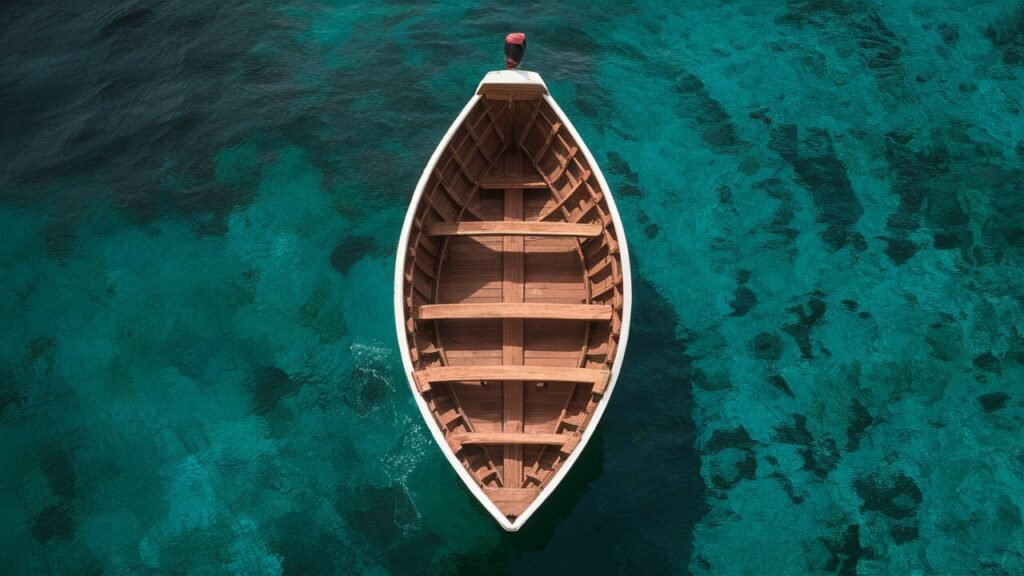
The bow and the helm are among the most important relationships in sailing.
The part of a boat that hits the water first is called the bow, and it is at its front. The helm, on the other hand, is what steers or guides a ship’s direction.
These two things operate together to ensure that everything goes well while at sea.
The way a vessel travels through water largely depends on how good its bow is because it cuts waves as well as creates forward motion for it.
Whereas this motion is controlled by keeping it in course using steering mechanism called helm.
It’s necessary to establish proper communication between these two points so as to navigate safely through any kind of waters or oceans without difficulties encountered during sailing trips.
They can control their ships effectively and reach desired destinations easily if mariners understand this connection.
What are the different types of bows found on boats?
Fastenings are usually deployed for mooring ships to the dock. They are often made from strong fabrics such as polyester or nylon and come in various sizes depending on the boat’s length.
Another boat’s bow is known as bows rails. They prevent people from falling overboard at the front of a vessel.
Common materials used in making them include aluminum or stainless steel with most of them being fixed on deck level.
There can also be an elevated platform at the front part of a ship called a bow pulpit which gives better visibility when navigating through waters.
Furthermore, there might exist propulsion machinery mounted on a ship’s bow meant to aid maneuverability known as bow thruster
Understanding the historical origins of various bow designs
When considering the growth of present-day marine technology it is important to know where different designs of bows came from.
Over the years various types of bows have emerged each having its unique features and roles.
For instance, bulbous bow was introduced in early 20th century with the aim of improving ships’ hydrodynamic performance generally.
This type cuts down on drag by modifying water flow around hull which therefore increases fuel efficiency.
Another design that made an impact is clipper bow; this was widely used during sailing age because it allowed ships to better navigate through rough seas.
By tracing back changes in bow design throughout history scientists are able to get ideas on how they can make modern vessels perform even better.
How has the bow of a boat evolved over time?
The bow of a ship has indeed come a very long way. Boats used to have pointed bows with simple designs that were meant to cut through water easily. However, as technology developed and boat building became more complex, so did the shape and features of the bow.
Nowadays, boats are made with different types of bows for stability improvement, drag reduction and manuverability enhancement. Some bows are rounder and more curved while others are angular and sleeker in design.
These variations in design often depend on what the vessel is intended for – speed, comfort or sturdiness among other functions. Different boats have different types of bow, depending on whether they need to be fast, comfortable or durable.
In general terms then; it can be said that throughout history there have been many changes made about how ships’ heads should look like because such changes reflect progress made in maritime engineering as well as ship architecture altogether.
Exploring the cultural significance of the bow in nautical traditions
Exploring the cultural significance of the bow in nautical traditions
In relation to maritime traditions, the front part of a ship is considered culturally important.
Usually located at the front of the ship, this part of the vessel is often decorated with a figurehead that embodies its soul.
A variety of figureheads can be used including mythical creatures or even historical characters which represent different principles or ideals.
During their journeys, seafarers usually see this as a place for protection and guidance; they believe it will bring them good fortune and save them from harm.
The bow also has various applications during ceremonies and rituals showing how deeply rooted in culture this area of the vessel is.
Across many societies strength, resilience and bravery have been associated with bows because sailors need these traits to navigate through stormy waters.
conclusion
To sum up, investigating the complexities of a boat’s bow reveals its supreme value in ships.
Being the foremost part of the ship, it is responsible for determining not only waterline length but also greatly affecting how well it performs, how stable and maneuverable it is on water.
Over time bows have changed from simple pointed shapes to more complex ones that were developed according to different functions and requirements of boats.
Each design including plumb bows, raked bows or bulbous bows represents advances made in technology, materials used as well as shifts in societal needs.
Moreover, cultural implications attached to the maritime tradition emphasizes on the metaphorical strength and resilience signified by this point at sea which acts as a guide for sailors.
No words can overemphasize the importance of this part in vessels. It affects everything about them ranging from speed right through efficiency down to stability even safety sometimes.
We can only develop a deeper understanding for these things when we know what role they played in shaping boats throughout their history and our own closer look will be at one such area called naval architecture where by design elements like shape or form were used depending on various factors such as speed etcetera…
Regardless if it has to cut across waves or pass through stormy waters; The bow will always symbolize ships crossing oceans over centuries.
